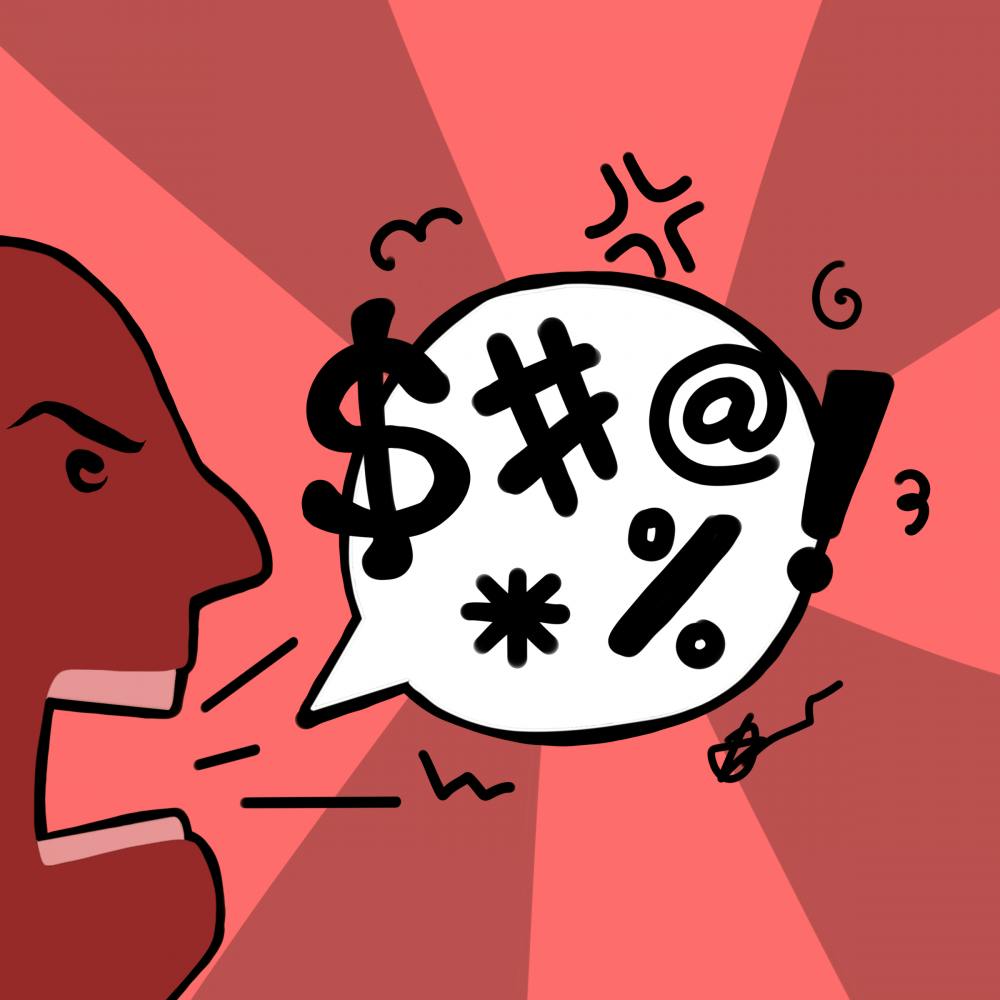As a Princeton freshman, the Pre-read “Speak Freely: Why Universities Must Defend Free Speech” was one of the first campus-wide memes I encountered — the smirks of students when someone asked if they had actually read the book, the (redacted) ominous message that all non-freshmen would be receiving a copy placed on their bed, and finally, a viral picture of the Pre-read functioning as an effective door stopper. Despite the brevity with which the subject was discussed during orientation, author Keith Whittington illuminates myriad vital questions concerning free speech and how it should be upheld or restricted in the best version of society. He also underscores the ambiguity of the “line” which has yet to be established between upholding the First Amendment and keeping hate speech at bay.
The argumentative style ad hominem intrinsically plagues the human identity and is used during events like the Jewish exile in the sixth century B.C.E. to current police brutality against African Americans. Hate speech continues to be a scourge to the world community. Today, even though we publicize and lay out aspirational ideals, groups like the KKK and the Westboro Baptist Church make us question our stalwart allegiance to First Amendment rights. We think that these organizations and individuals, as propagators of hate speech, are either squashed or ignored — yet, they persist.
One route remains untried: to listen honestly and unbiasedly. To be clear, this column in no way intends to further the ideals of hate groups or to suggest their ideological equality in society, but, nevertheless, the more in-depth exploration of the psychology and environmental factors governing these groups is worth considering in an attempt to discover the root of the problem.
As individuals, we are shaped by our environment. Our religious preferences, socioeconomic statuses, and other components that constitute our outlook on the world are often a sequence of casualties, stemming from a plethora of environmental factors. Our parentage (or lack thereof) for example, gives us preconceived notions about the world from infancy. Aristotle in his famed book “Poetics” notes the idea of imitation, or “mimesis,” and the pleasure we receive from it. We love to imitate, and it is also how we learn best. What we perceive from childhood sets the mold for our adult persona, and it is often extraordinarily difficult to extricate ourselves from this mindset.
Hate speech is similarly learned. Although such a credo is not solely the fault of environment, it is important to recognize the significant role environment has in crafting individuals who habitually discriminate. For example, a child whose parents used racial slurs might develop the notion that this mode of speech is acceptable, or even valid, if not otherwise corrected. In my experience, I grew up in a religious household that considered acts like drinking to be morally wrong. Because of this, regardless of how I feel toward alcohol, my conscience is more likely to tell me it is immoral while my classmates drink freely. Thus, early environment affects our mindset and shapes many of our beliefs. Furthermore, this sort of speech and perpetuation of racial, sexual, or socioeconomic hate can easily lead to more violent expression later on.
In order to target hate speech effectively, we must understand its origins and why it continues to exist. What other underlying assumptions may be leading a person to actively hurl hatred at a transgender person? What sort of climate engenders a belief in the inherent inferiority of women or other close-minded thinking? Is it parentage, religious ideals, subliminal messages, indoctrination, or even fear of the unknown? Any number of these factors could contribute to a dangerous outlook.
We continue to target hate speech by shutting it down on the surface level, snipping the branches from the tree by shunning or retaliating against hate speech. As Whittington mentions in “Speak Freely,” one of the many examples of student responses to perceived hate speech on campus includes University professor Peter Singer, whose views on subjects like animal rights and abortion have riled myriad advocacy groups. Students and other activists have not only refused to listen to or consider Singer’s talks; they have also obstructed his events and threatened his safety. Although Singer’s work should not be regarded as extreme hate speech, this situation does illuminate the inefficiency of such audience response. Smothering speech on the surface both calls more attention to the subject matter and does little to put the propagator down. The roots of malicious speech will instead continue to thrive. Thus, the problem must be addressed at the source.
If we can alter the environment that allows for such ideology to grow and thrive, perhaps we can eliminate, or at least ameliorate, the tendency toward hate speech. The goal is not to empathize with different viewpoints but instead to listen honestly, to ask questions, and to identify the environmentally influenced assumptions upon which the argument revolves. Perhaps we should initiate uncomfortable discussions by delving into the reasoning behind racial slurs or radical beliefs. Or, we could place a greater emphasis on teaching children from a young age precisely why this speech is harmful, rather than simply labeling it as wrong and never explaining further. Only when these measures are taken can we begin to shut down the pervasive hatred that runs rampant through our world community.

Emma Treadway is a first-year from Amelia, Ohio. She can be reached at emmalt@princeton.edu.









